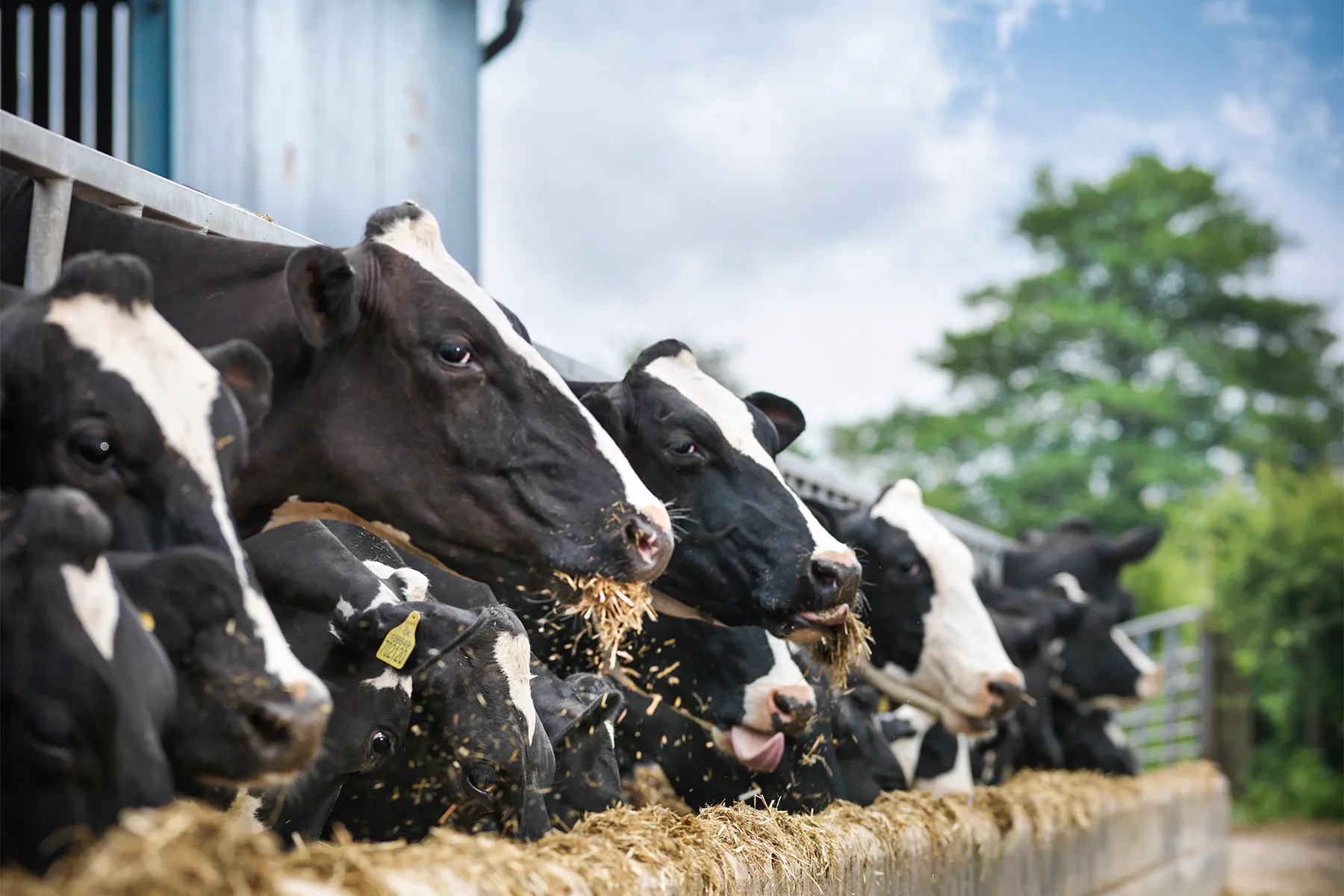May 10, 2024 — Cow udders have the same receptors for flu viruses as humans and birds, raising concerns that cows could become “mixing vessels” that help the bird flu virus spread between people.
That’s according to new research conducted by scientists at the University of Copenhagen and St. Jude Children’s Research Hospital in Memphis and published as a preprint study in bioRxiv.
The scientists examined samples of brain, respiratory, and mammary gland tissue taken from a small number of cows and a calf. They stained the tissues and put it under the microscope to see what kind of receptors would be found.
They discovered that the sacs of the cows’ udders were loaded with the kind of flu receptors associated with birds as well as those found in people. These receptors are the kind that bird flu viruses like H5N1 can attach to. Tissue from the brain and respiratory tract of the cows had far fewer of the receptors.
“These results provide a mechanistic rationale for the high levels of H5N1 virus reported in infected bovine milk and show cattle have the potential to act as a mixing vessel for novel [influenza virus] generation,” the researchers wrote in the study.
When an animal acts as a mixing vessel, different flu strains can swap genetic material to form new kinds of diseases.
Pigs can be infected with human and bird flu viruses and have previously been thought of as possible mixing vessels for viruses that could pose a pandemic threat, Stat News reported. The new study suggests that cows could become mixing vessels for a bird flu pandemic.
“The new pre-print shows convincingly that cows harbor both human-flu and avian-flu receptors in their mammary glands,” Sam Scarpino, PhD, director of artificial intelligence and life sciences at Northeastern University, said on X, formerly known as Twitter. “As a result, dairy cattle *may* have similar potential as pigs to serve as evolutionary intermediaries between avian and human flus.”
Since late March, bird infections have been found in 42 herds across nine states, according to the USDA.
Publisher: Source link






